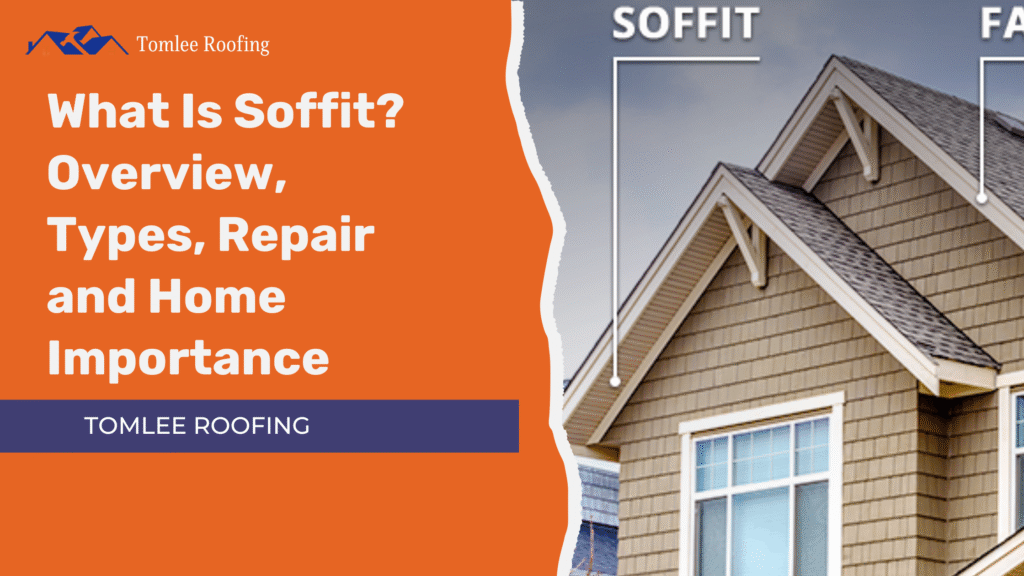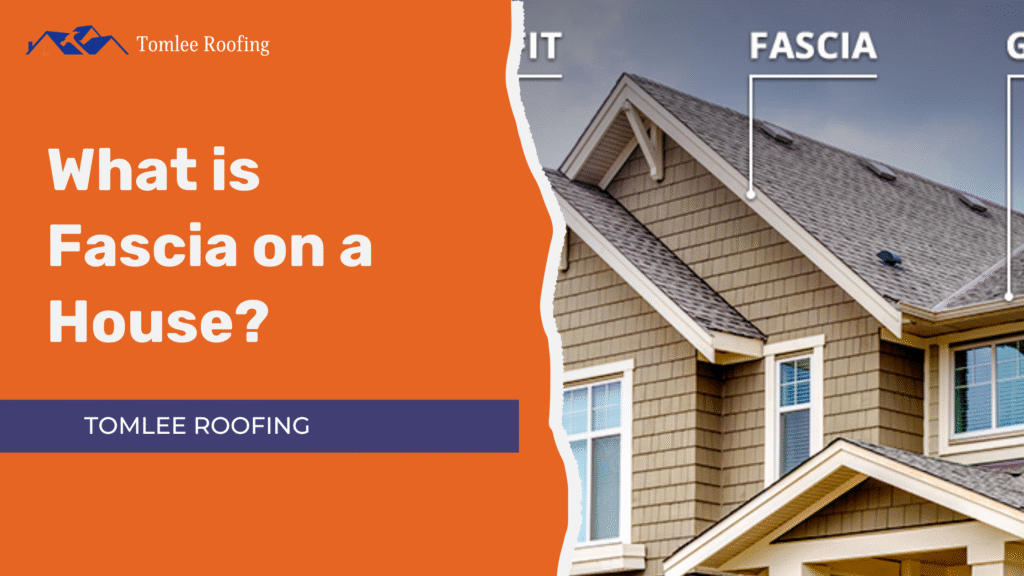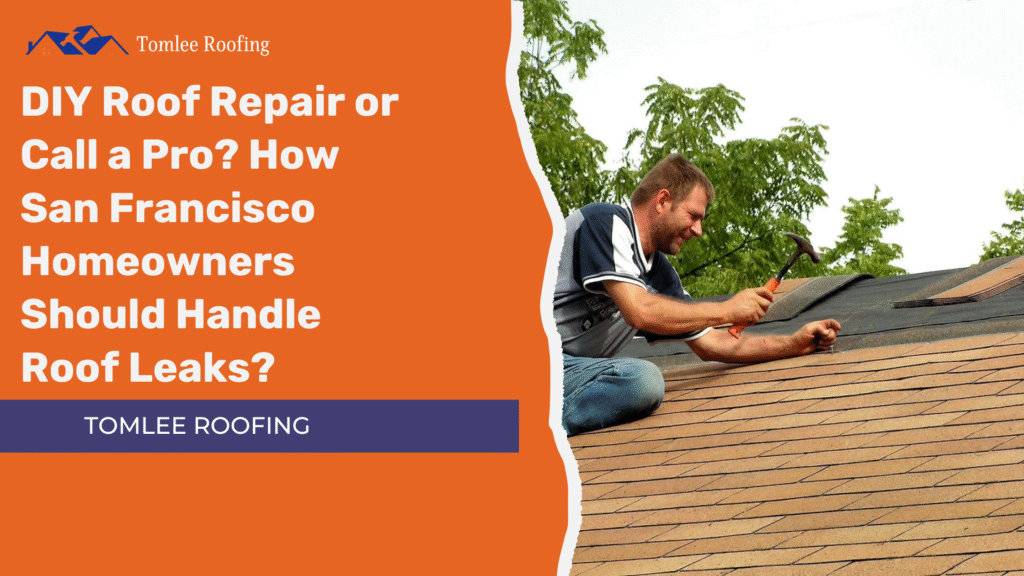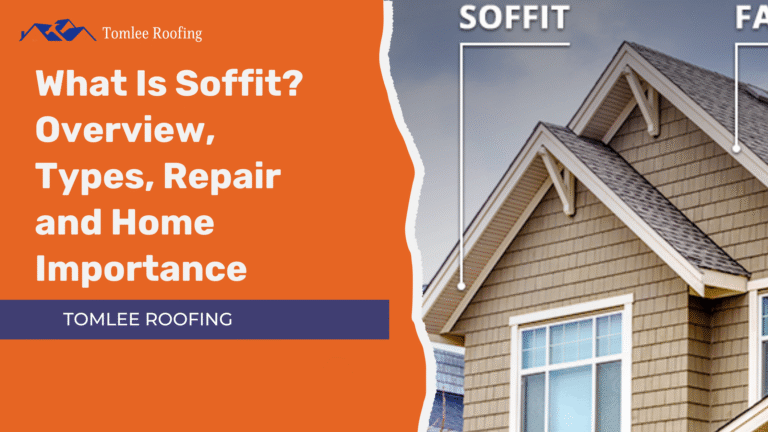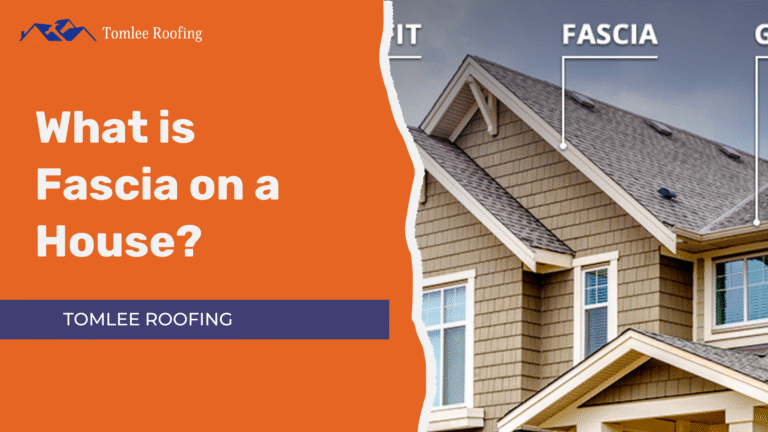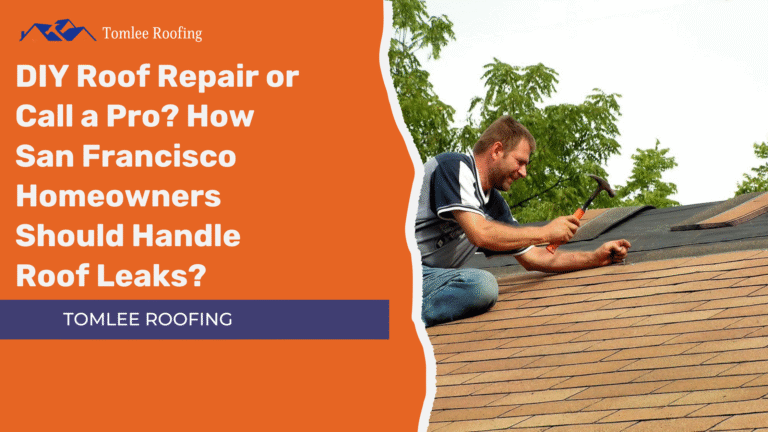Rain During Roof Installation: Quick Safety Steps
Unexpected rain during roof installation can cause leaks, damage materials, and compromise roof quality.
Stopping work immediately, covering exposed areas, and protecting stored materials are essential steps.
Once the roof is fully dry, work can safely resume to ensure a durable and warranty-safe installation.
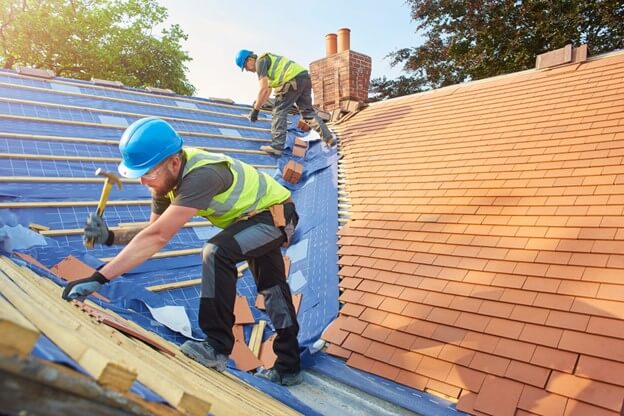
Roof installation is one of the most important parts of protecting your home, but what happens if the weather suddenly turns against you?
Rain during roof installation can quickly damage materials, weaken the structure, and lead to costly repairs if not handled fast.
The good news is that with the right steps, you can protect your home and roof from unexpected weather.
In this guide, you’ll learn exactly what to do if it rains during roof installation, how to minimise damage, and how to get back on track once the weather clears safely.
Worried About Rain Delays During Roof Installation?
Schedule your roofing project with experienced contractors who know how to handle rain during a roof installation.
Why Rain Is a Problem During Roof Installation & what to do?
Let’s start with why this is such a big deal.
Roofing involves multiple layers of wood decking and shingles, all of which must remain dry during installation. If rain gets into the roof deck or insulation, it can:
- Soak the wooden structure, causing it to warp or weaken.
- This leads to mould growth inside your attic.
- Damage or ruin expensive materials like shingles or felt.
- Moisture can trap beneath the surface, causing lesser adhesion of materials, which can compromise the roof’s overall quality.
So, to overcome this problem, you just have to follow some steps.
According to a 2025 report by HouseCashin, water damage and freezing accounted for 27.6% of all homeowners’ insurance claims in 2022, with an average payout of $13,954 per claim.
Step 1: Stop Working Immediately
The moment rain begins, you need to stop working immediately, even if it’s raining lightly. It’s tempting to push through, especially if you’re on a tight schedule, but continuing is risky.
Why you must pause:
- Rain makes a roof slippery, and working on a slippery roof is dangerous. So, as inconvenient as it is, stopping work during rain is necessary for safety and quality.
- Rain can cause moisture, and moisture can affect the bonding of materials like shingles or adhesives.
- Installing materials on a wet deck can trap moisture underneath, leading to problems down the road.
So the first step is clear: get off the roof, down the ladder, and start protecting what’s already in place.
You Know What?
Synthetic underlayment resists rain better than traditional felt.
If rain hits during installation, having synthetic underlayment underneath can buy you time and reduce damage risk.
Step 2: Cover the Exposed Roof
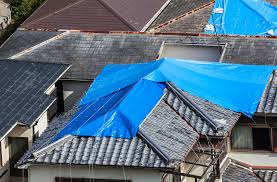
If parts of your roof are already uncovered or partially installed, cover them as quickly as possible.
You can use:
- Heavy-duty waterproof tarps or plastic sheeting.
- Synthetic roofing underlayment, if available.
Make sure the covering extends past the edges of the roof, so rain runs off and doesn’t collect underneath. Use sandbags, nails, or ropes to secure the cover; it shouldn’t flap or blow away in the wind.
Step 3: Protect Roofing Materials on Site
Shingles, insulation, felt paper, and decking materials left out in the open can get soaked and become unusable.
Here’s how to protect them:
- Move materials into a garage, covered porch, or any dry area.
- If moving isn’t possible, cover them securely with plastic tarps.
- Keep materials elevated off the ground using pallets or boards to avoid ground moisture.
PRO TIP:
Never Install Shingles on a Wet Surface:
Wet surfaces reduce shingle adhesion and can void your roof warranty. Always wait for the surface to fully dry before resuming.
Step 4: Check Inside for Leaks
Even with the best precautions, rain might sneak into your home. Take a few minutes to inspect the inside, especially the attic and upper rooms.
Look for:
- Dripping water or damp ceilings
- Water stains
- A musty smell
Place buckets or towels under any leaks and document the issue so it can be checked again after the rain.
Step 5: Wait for the Roof to Dry Before Resuming Work
Once the rain stops, the urge to get back to work is strong—but don’t rush.
Before restarting:
- Make sure the roof deck is 100% dry. Use a moisture meter if necessary.
- Replace any materials that got damaged or warped.
- Check if any water entered between layers of underlayment or insulation.
- Ensure the weather forecast is clear for the next 24–48 hours.
Rushing back in can lead to improper installation, long-term roof leaks, or voided warranties.
Step 6: Learn and Plan for Next Time
Rain is unpredictable, but preparation makes a huge difference.
Here are some smart roofing weather tips:
- Check the forecast daily. Avoid starting roof work if there’s any chance of rain.
- Always keep tarps and plastic coverings on hand.
- Schedule roofing projects during dry seasons, like late spring or early fall in most areas.
Talk to your contractor about their rain protocol. A reliable roofer should have a plan in place before the first nail is hammered.
Final Thoughts: How to Handle Rain During Roof Installation Without Compromising Quality:
Worried About Rain During Roof Installation?
Unexpected rain can delay a roof installation. But with the right precautions, serious damage can be avoided.
Cover exposed areas, protect materials, and wait for surfaces to dry before continuing work.
Whether you’re a homeowner or a contractor, being ready for weather delays is essential. Plan, work with experienced roofing professionals, and stay informed.
This helps you manage rain interruptions without compromising roof quality.
If you’re planning a roofing project and worried about rain, consult a licensed contractor.
They know how to handle roof installation in rain and other weather challenges. A strong, lasting roof starts with smart planning, rain or shine.
Need Emergency Help With a Rain-Interrupted Roof Installation?
Our roofing experts are ready to assist you. We specialise in roof repair and replacement in unpredictable weather conditions.
FAQs (Frequently Asked Questions)
1. Can roof installation continue in the rain?
No, roofing should never be done in the rain. Wet surfaces are dangerous for workers, and moisture can compromise the quality of materials like shingles and adhesives. Waiting until the roof is dry is essential to ensure a safe and long-lasting installation.
2. What should be done immediately if it starts raining during a roof replacement?
Work should stop immediately. The exposed areas of the roof should be covered with waterproof tarps, and all materials on-site should be protected or moved to a dry location. It’s also a good idea to inspect the attic or upper floors for any signs of leaks.
3. Will a short rain shower damage my roof installation?
A brief shower may not cause major damage if the area is quickly covered and dried. However, any wet decking or insulation should be thoroughly inspected and allowed to dry completely before resuming work.
4. Can roofing materials like shingles be installed when they are wet?
No. Wet shingles should never be installed. They may not adhere properly, which can lead to future leaks or void the manufacturer’s warranty. Always wait for materials and surfaces to dry before proceeding.
5. How do contractors protect a roof during unexpected rain?
Professional roofers typically use large waterproof tarps to cover the exposed areas. They also secure all loose materials and use sandbags, ropes, or nails to hold the covering in place. Some may also have temporary drainage solutions to divert water away.
6. What happens if the roof deck gets wet during installation?
If the roof deck gets wet, it must be dried thoroughly before work resumes. Continuing installation over a damp deck can lead to warping, mould growth, and long-term structural issues. A moisture meter can be used to confirm dryness.
7. How long should I wait to resume roof work after it rains?
It depends on weather conditions, but generally, you should wait until the entire roof surface and materials are dry. This may take several hours or even a full day, depending on humidity and temperature.
8. Will roofing in bad weather void my warranty?
Yes, it can. Most manufacturers require their products to be installed in dry conditions. Installing shingles or underlayment in the rain can void warranties and lead to performance issues.
9. What should I do if rainwater leaks into my attic during installation?
Immediately contain the leak using buckets or towels. After the rain stops, thoroughly dry the area, check for any insulation damage, and have a professional inspect for water intrusion or mould risk.
10. When is the best time of year to schedule a roof installation to avoid rain?
The best time depends on your location, but generally, late spring through early fall offers the most stable weather. Avoid the rainy season or monsoon months when possible.


